Moisture problems are common in small homes such as Tiny Houses. On average, a person produces a liter of fluid a day just by breathing and sweating. Add to that the amount of moisture released by cooking, washing and showering, and you will understand that this can cause problems in a small space. Unless you have paid sufficient attention to ventilation.
Causes of moisture problems
Lack of ventilation is the biggest cause of moisture problems. In a Tiny House, due to the small size of the house, you have relatively more moisture production per m3 house and more places in the house where ventilation can be a problem. Thermal bridges are places in the house where there is no insulation or the insulation has been interrupted, such as with the window frames. At these points, the heat in the house comes into direct contact with a cold outer shell, causing condensation. If that condensation cannot escape through ventilation, you will eventually develop mold. Leakage can also be a cause of moisture problems.
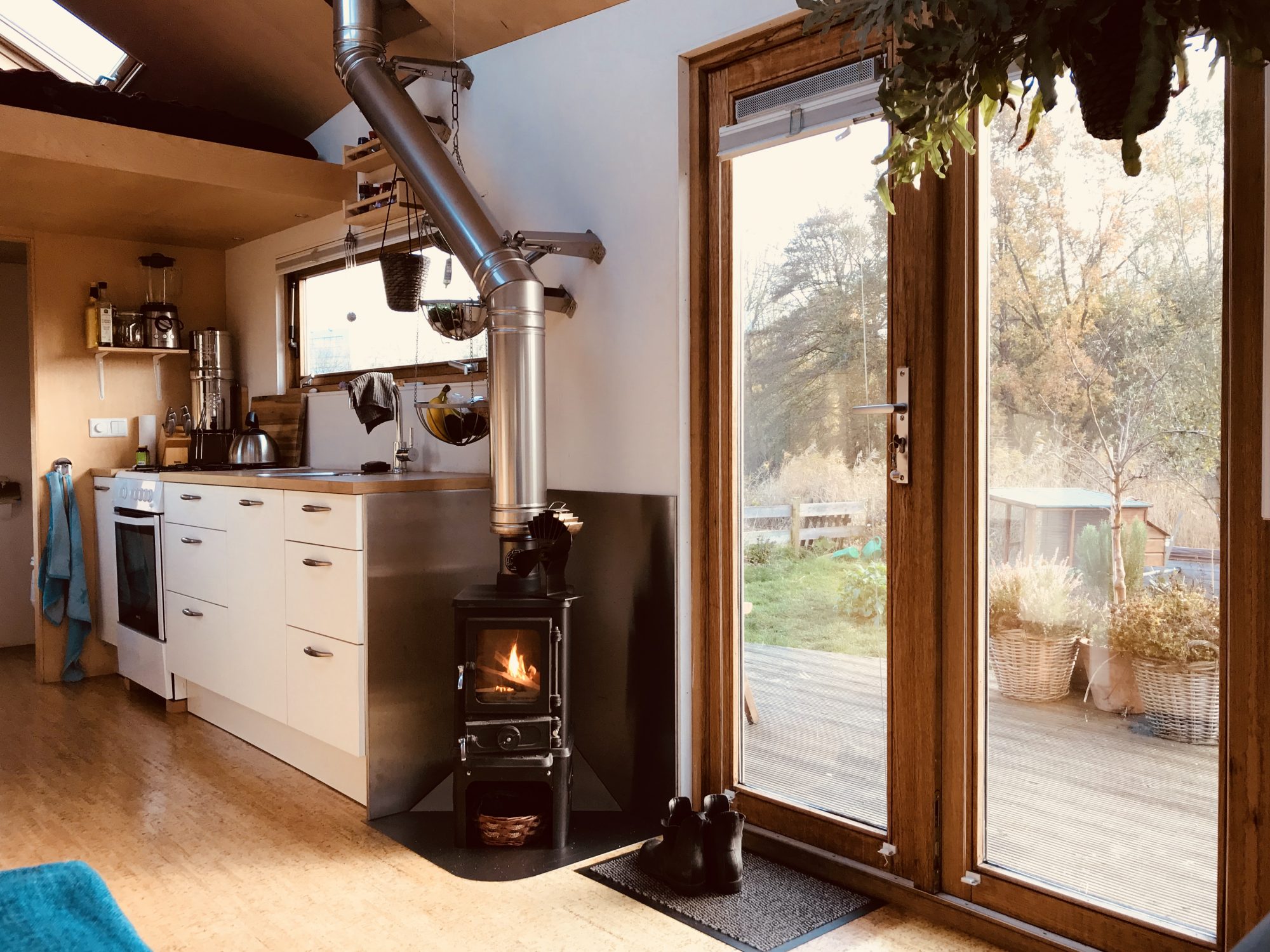
Ventilation grilles in doors and windows are not an unnecessary luxury.
Effects of moisture problems
Moisture problems should not be underestimated. They can cause serious health problems such as respiratory complaints and allergies for people and pets, due to mold. But moisture problems also have harmful effects on the materials that your house is made of. Wood will rot if it is damp for a long time; paint and varnish will flake. Finally, a damp house is more difficult to heat; the heat escapes more easily through wet walls.
Regularly open a window and the ventilation grids in skylights. Place a moisture absorber in problematic corners
Prevention is best
he solution always comes down to ventilation. During the first year I personally experienced how important ventilation is, especially in corners of the house where the warm air has a lot of contact with cold walls and the air circulates less well. The advice of Dimka Wentzel, the builder of my Tiny House, was: “good ventilation and good heating!”. We have since installed more ventilation grids in my house, and that really helps.
Therefore, start considering ventilation as soon as you start the design process of your Tiny House, and provide sufficient ventilation options. In any case, make sure that all windows that you place in your house can be opened and ideally that they have ventilation grids. In addition, it is a good idea to pay extra attention to the corners of your house, where air is difficult to circulate. These are the places where fungi strike first. Do not overfill those corners and place a moisture absorber if necessary. In the bathroom, you think about mechanical or passive ventilation. I myself have a simple ventilation grille that you can buy in the ventilatieshop.
Take the type of insulation into account; some types are more resistant to moisture and mold than others. Sheep’s wool naturally regulates moisture and, when absorbed, it largely retains its insulating effect. It is important that you have a vapour-permeable construction when you use ecological insulation materials.
Dimka installs an extra ventilation grille in the bathroom.
Tips when you live Tiny
Even if you already live in your house, there are things you can do to prevent moisture problems. Open a window when cooking and showering. Leave it open for a while when you are finished so that the moisture which is still in the house can get out. This is also a good idea for getting rid of predominant cooking odors. Place moisture absorbers in the corners of your house where you expect moisture problems. Remove the sofa cushion from the wall at night so that the wall behind it can air. Keep ventilation grilles in windows open as much as possible. Dry the walls in your bathroom after showering with a squeegee or cloth. Do not hang laundry in the house. Hang it outside to dry under a roof or take it to the laundrette. Open your windows when the weather is sunny and let the wind blow through your house every now and then. Are you going to be away from home for a long time in winter? When it gets cold in the house, the risk for of moisture problems is higher. The best thing to do is to find a home sitter who will keep the temperature up. It shouldn’t be complicated finding someone to look after your cool Tiny House, right? ;) With enough precautions and especially with sufficient ventilation, it should work. Good luck!

Remove the sofa cushion from the wall at night so that the wall behind it can air.

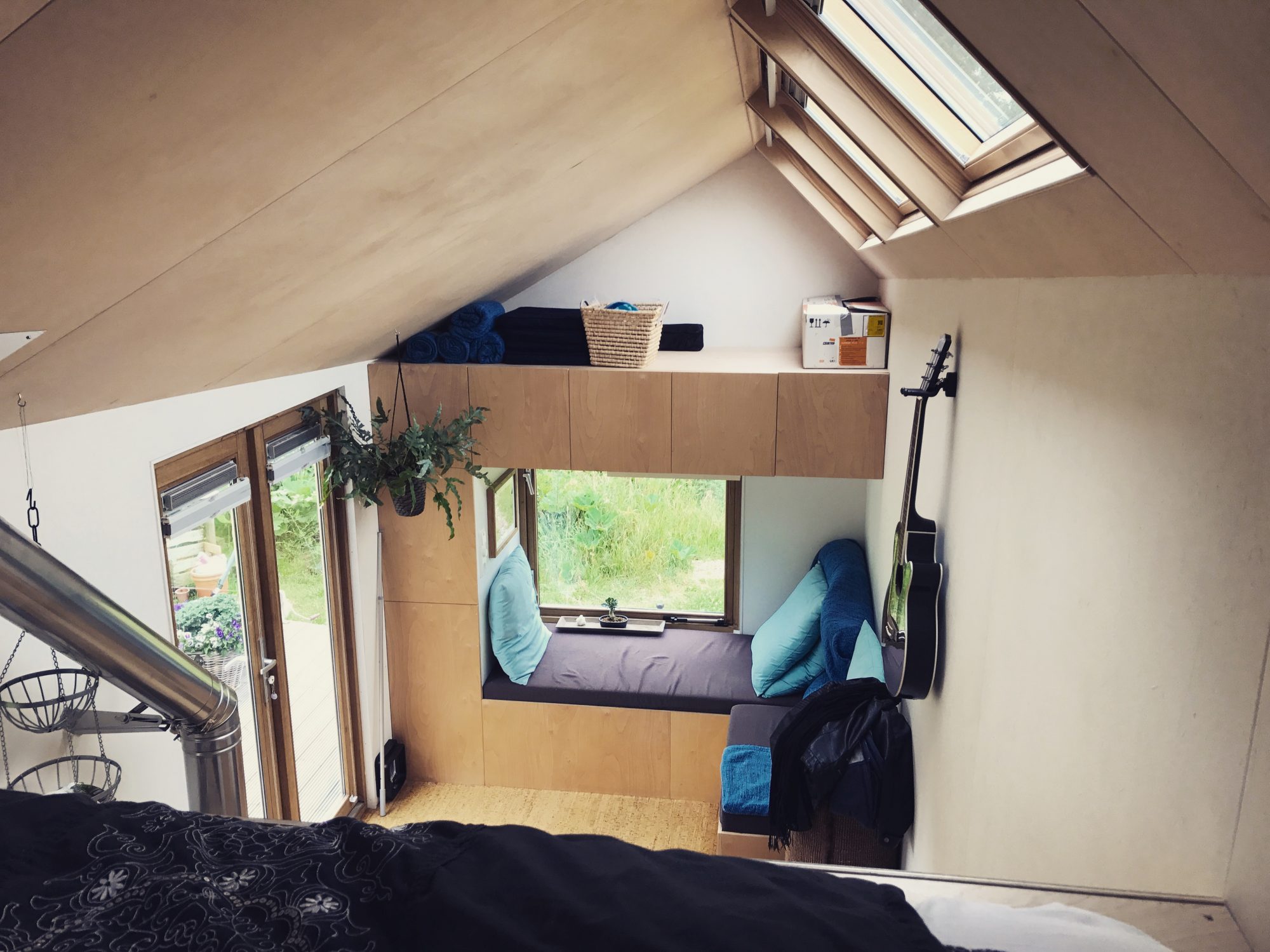
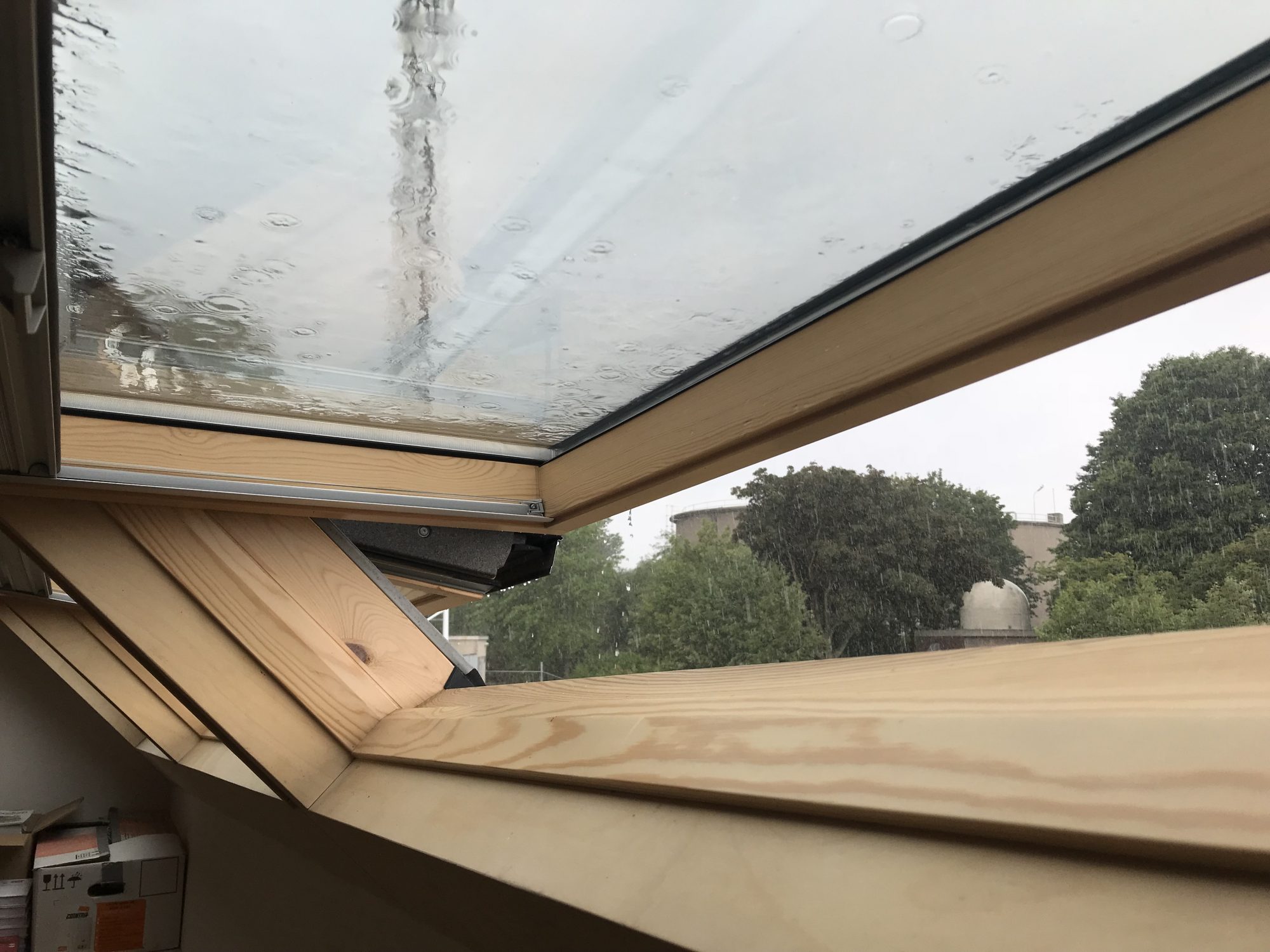
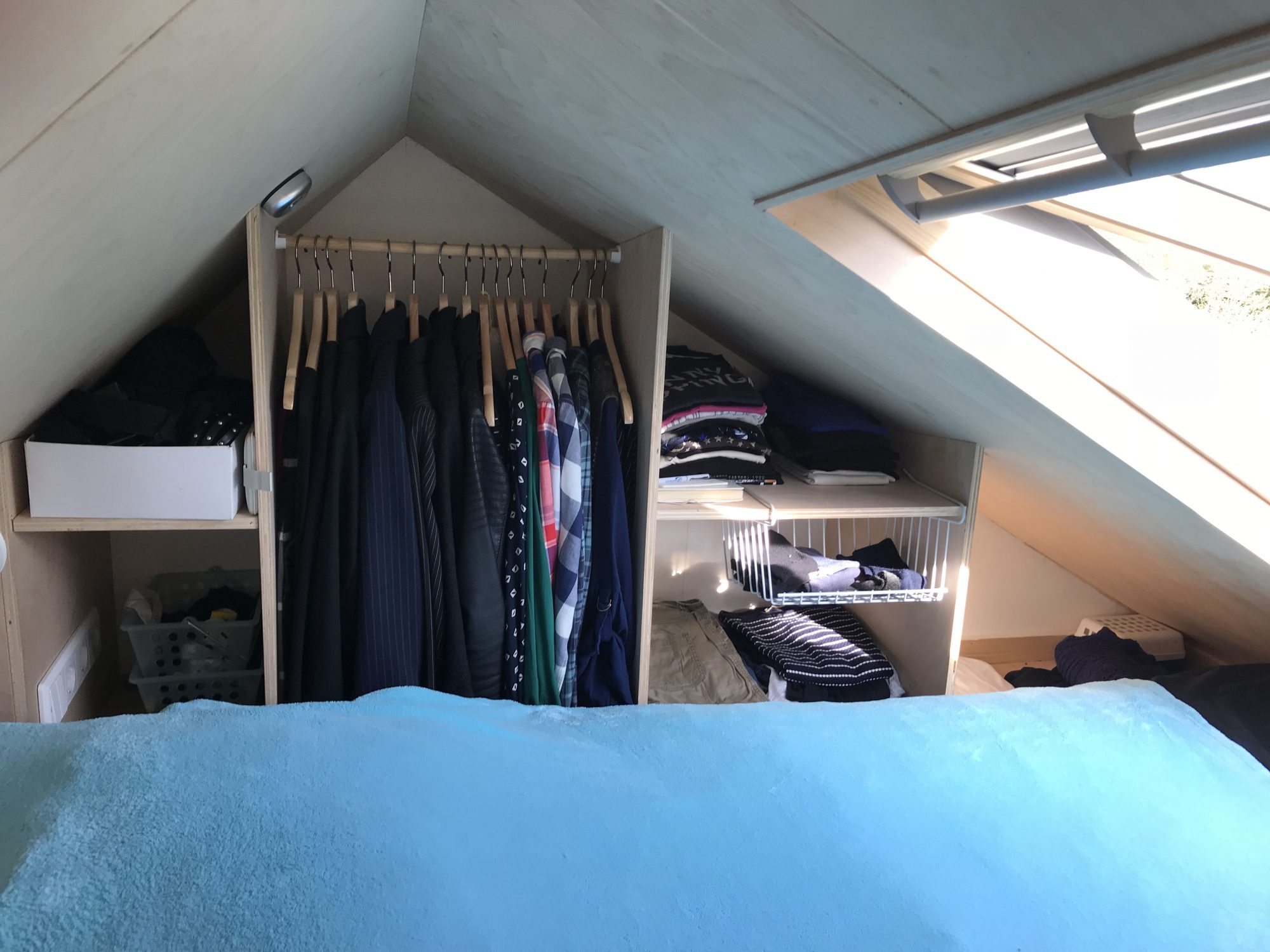

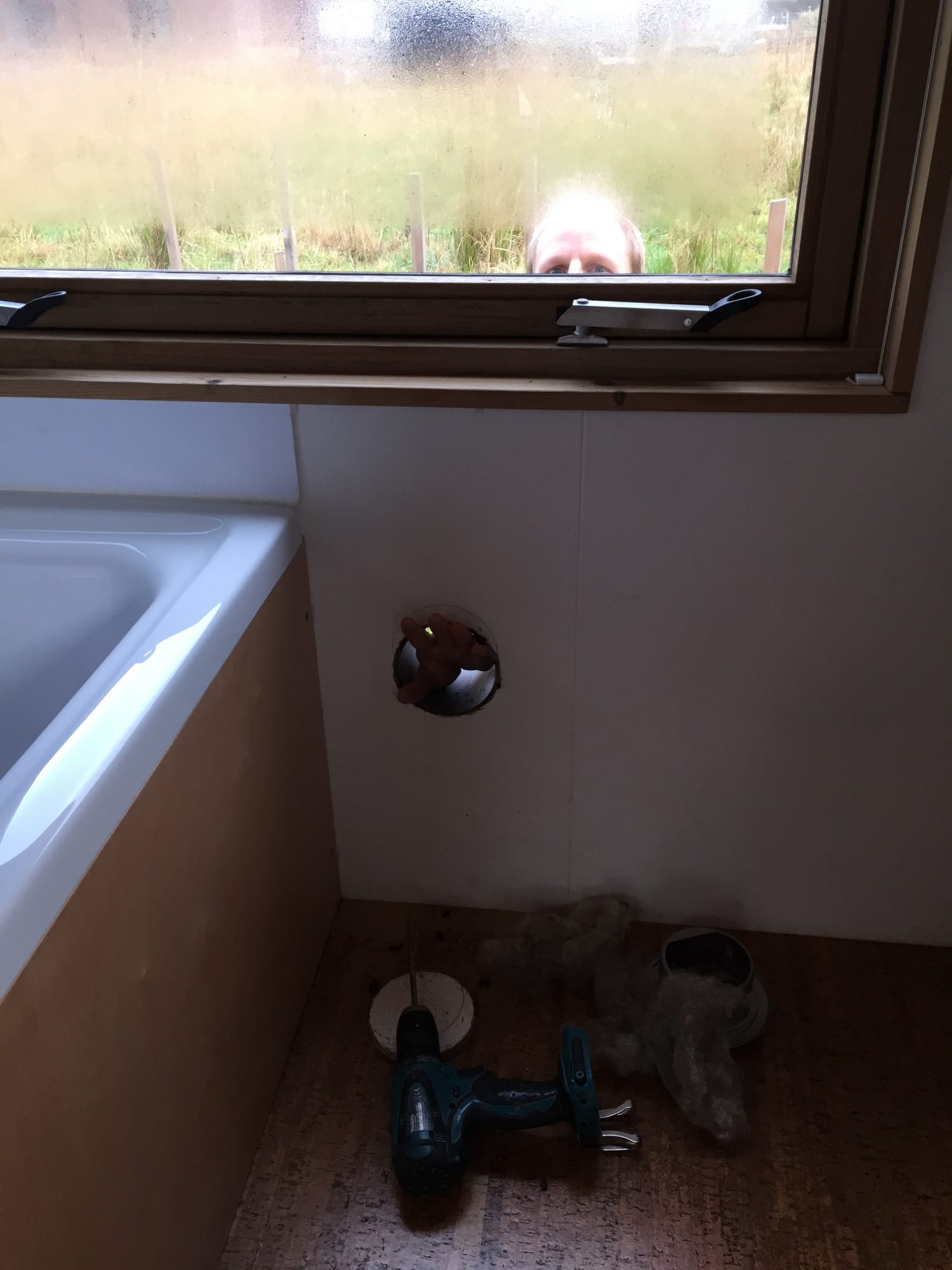
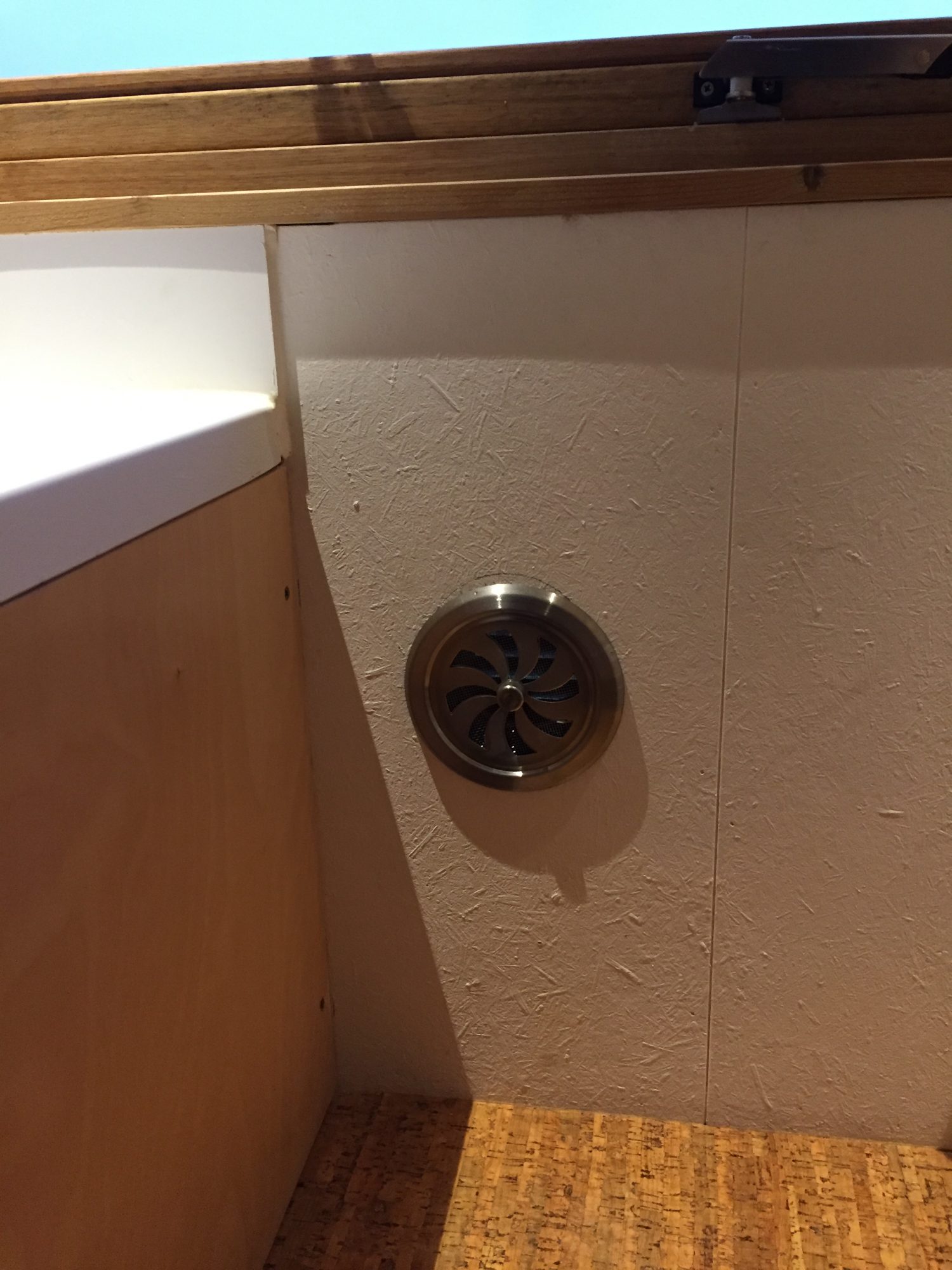
Which dehumidifier do you recommend for 450sq ft shed tiny house without insulation?
I would recommend insulating the house ;) Burt seriously Tekisha, I’m no expert on dehumidifiers so I can’t advise you on that I’m afraid.